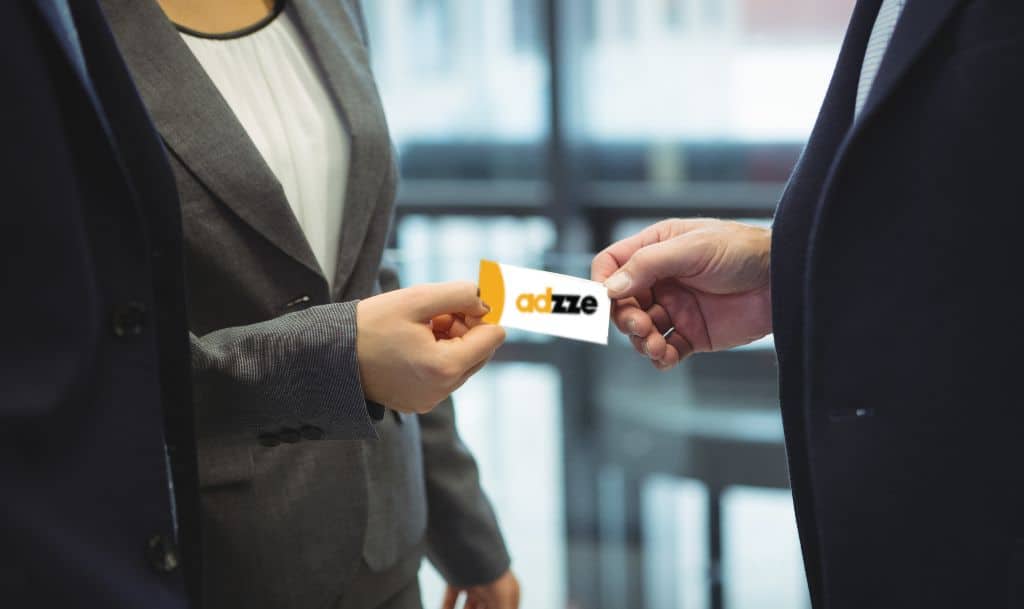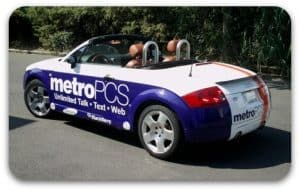Augmented Reality Business Cards: Where Tactile Trust Meets Tech
In a world saturated with digital noise, Augmented Reality Business Cards have emerged as a powerful tool to transform mundane introductions into immersive brand stories. But now, marketers are discovering a smarter twist: pairing Augmented Reality Business Cards with in-hand advertising formats—like pharmacy bags, door hangers, and coffee sleeves—to trigger both tactile trust and digital engagement in a single touchpoint.
This is not just a novelty—it’s a scalable strategy for professionals in legal, financial, healthcare, and service-driven industries who need to bridge the physical and digital worlds without sacrificing personalization or compliance.
Augmented Reality Business Cards Advertising Needs a Smarter Delivery
While most blogs focus on handing out AR cards at trade shows or embedding them in email signatures, they ignore a critical limitation: distribution.
Traditional delivery channels often:
Lack geo-targeting.
Miss consumers in the mindset to engage.
Rely too much on passive scanning behavior.
That’s where in-hand media like pharmacy bags, pizza boxes, or bar coasters come in. They offer both distribution and intentional interaction, making them perfect vessels for Augmented Reality Business Cards ads. The tangible item acts as a trust anchor, while the AR experience delivers the wow factor.
Augmented Reality Business Cards in Pharmacy Bags: Building Compliance and Confidence
Health brands, insurance agents, or pharmaceutical reps have to walk a fine line between engagement and regulatory compliance. Embedding Augmented Reality Business Cards ads inside pharmacy bags lets marketers deliver:
FDA-compliant product education.
Personalized provider intros.
Video walk-throughs of medication support programs.
All with a QR scan that activates AR video overlays or direct provider messages—right when the patient is already paying attention to their health.
This format creates hyper-personalized microfunnels—a patient receives a branded bag with the card inside, scans the QR, and is guided through a branded AR sequence tailored to their ZIP code, diagnosis, or provider network.
Augmented Reality Business Cards in Coffee Sleeves: Micro-Engagement in Urban ZIPs
Imagine you’re a local real estate broker or mortgage lender targeting first-time buyers in downtown neighborhoods. Handing out a business card at a networking event limits your reach—but embedding Augmented Reality Business Cards ads in coffee sleeves distributed at cafés in select ZIP codes allows for:
High-density repetition.
Micro-targeting (think Brooklyn, not New York).
Engagement in a slow moment—while waiting for coffee.
AR content might include a video introduction, market forecast visualization, or a walk-through of a loan process. Consumers can save the contact and even schedule a call—all triggered by that sleeve in their hand.
This hybrid model turns “grab a coffee” into a lead funnel.
Augmented Reality Business Cards on Pizza Boxes: Targeting Households in Bulk
For service-based brands—plumbers, contractors, tax advisors—the home is where trust begins. But digital ads often fail to feel personal.
That’s why Augmented Reality Business Cards advertising on pizza boxes makes so much sense. It:
Puts your brand in the center of the household.
Feels useful and physical (not intrusive).
Activates curiosity with visual prompts (“Scan me to meet your local pro!”)
Once scanned, the customer sees a 3D overlay of the local rep, FAQs, or seasonal offers tailored to their ZIP code. No app required. Just scan and experience.
This form of Augmented Reality Business Cards advertisement taps into mealtime attention while building name recognition in the most authentic way possible—by showing up in their home.
Why This Hybrid Works: Psychology of Trust and Tech
Tactile = Trust
Humans assign greater trust and recall to physical items they can touch and hold. This is especially true in high-stakes sectors like healthcare or law, where confidence matters more than flashy design.
AR = Emotional Encoding
By overlaying digital content onto physical items, you move from a passive handout to a multi-sensory brand moment. This increases:
Dwell time
Recall rates
Shareability (especially if the AR experience is surprising or delightful)
Together = Maximum Recall
When you blend tactile trust with immersive technology, you activate multiple neural pathways at once—making your brand more likely to be remembered, revisited, and recommended.
That’s what Augmented Reality Business Cards advertising inside in-hand formats achieves: trusted delivery + immersive recall.
How Agencies Can Scale This Strategy for Clients
If you’re a media buyer or brand strategist, here’s how to deploy AR business card campaigns using in-hand media:
Choose the Right In-Hand Channel
Pick based on your audience:
Pharmacy bags = older, health-conscious consumers
Coffee sleeves = mobile professionals and urban millennials
Door hangers or pizza boxes = families and homeowners
Print + Embed
Add a QR-enabled Augmented Reality Business Card ad to the media (as an insert, sticker, or direct print). Each card can be:
Personalized per location
Swappable depending on the campaign stage
Track & Optimize
Use dynamic QR codes to:
Track scans by ZIP or café location
Swap creative in real-time
Personalize landing AR scenes by audience type
Attribute Smartly
Unlike digital banners, these campaigns offer physical touchpoint attribution. If someone scanned your coffee sleeve and then scheduled a demo, that’s quantifiable action.
The Bottom Line: In-Hand + AR Cards Deliver Real ROI
Augmented Reality Business Cards advertising isn’t just about upgrading your calling card—it’s about injecting personalized, trackable, and memorable brand moments directly into trusted, physical media already used by the consumer.
Instead of hoping someone keeps your card, make sure they interact with it when and where it matters most—in-hand, in-context, and in the moment.
Let’s Recap the Value of In-Hand AR Card Integration:
Feature |
Traditional AR Cards |
In-Hand AR Integration |
Distribution |
Manual |
Automated via trusted media |
Engagement Context |
Random |
Geo-targeted and moment-based |
Compliance for Regulated Sectors |
Risky |
Pre-approved messaging |
Attribution |
Limited |
QR-based, ZIP-level insights |
Recall Rate |
Moderate |
80%+ with tactile formats |






